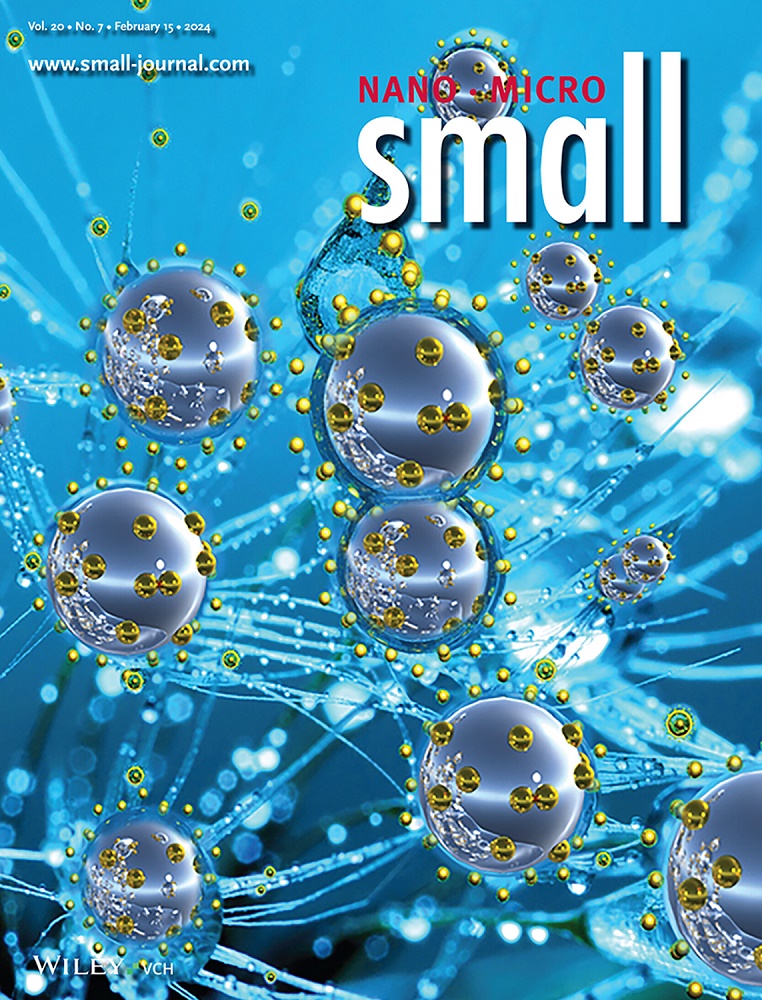元素磷的环境稳定性多样性:以黑色、紫色和纤维红磷为例
IF 12.1
2区 材料科学
Q1 CHEMISTRY, MULTIDISCIPLINARY
引用次数: 0
摘要
元素磷家族的快速发展提出了一个紧迫的问题:哪个同素异形体在环境上最稳定?明确的实验证据仍然缺乏。为此,通过监测光谱和微观演化并结合第一性原理计算,系统地研究了黑磷(BP)、紫磷(VP)和纤维红磷(FP)这三种磷族中研究最广泛的稳定性差异和潜在的降解化学。三元素磷片的环境降解行为符合准一级反应动力学。相应的单指数拟合得到速率常数kBP、kVP和kFP分别为0.11、0.18和0.23天−1,定量地揭示了环境稳定性按BP >的顺序递减;副总裁比;《外交政策》。基于第一性原理计算的氧原子离解化学吸附能也可以定性地解释这种稳定性差异。这项工作揭示了稳定性差异和潜在的降解化学,为有效的稳定技术铺平了道路。本文章由计算机程序翻译,如有差异,请以英文原文为准。
Environmental Stability Diversity in Elemental Phosphorus: The Case of Black, Violet, and Fibrous Red Phosphorus
The rapid progress of elemental phosphorus families raises a pressing question: which of the allotropes is the most environmentally stable? Clear experimental evidence remains lacking. To this end, the stability discrepancies and underlying degradation chemistry of black phosphorus (BP), violet phosphorus (VP), and fibrous red phosphorus (FP), —the three most extensively studied among phosphorus families are systematically investigated, by monitoring the spectroscopic and microscopic evolution combined with first‐principles calculations. The ambient degradation behavior of three elemental phosphorus flakes follows pseudo‐first‐order reaction kinetics. The corresponding monoexponential fitting yields rate constants k BP , k VP , and k FP of 0.11, 0.18, and 0.23 day−1 , respectively, quantitatively revealing that the environmental stability decreases in the order BP > VP > FP. Such stability discrepancy can also be qualitatively explained by the dissociative chemisorption energy of oxygen atoms based on first‐principles calculations. This work sheds new light on stability discrepancies and underlying degradation chemistry, paving the way for effective stabilization techniques.
求助全文
通过发布文献求助,成功后即可免费获取论文全文。
去求助
来源期刊

Small
工程技术-材料科学:综合
CiteScore
17.70
自引率
3.80%
发文量
1830
审稿时长
2.1 months
期刊介绍:
Small serves as an exceptional platform for both experimental and theoretical studies in fundamental and applied interdisciplinary research at the nano- and microscale. The journal offers a compelling mix of peer-reviewed Research Articles, Reviews, Perspectives, and Comments.
With a remarkable 2022 Journal Impact Factor of 13.3 (Journal Citation Reports from Clarivate Analytics, 2023), Small remains among the top multidisciplinary journals, covering a wide range of topics at the interface of materials science, chemistry, physics, engineering, medicine, and biology.
Small's readership includes biochemists, biologists, biomedical scientists, chemists, engineers, information technologists, materials scientists, physicists, and theoreticians alike.
 求助内容:
求助内容: 应助结果提醒方式:
应助结果提醒方式:


